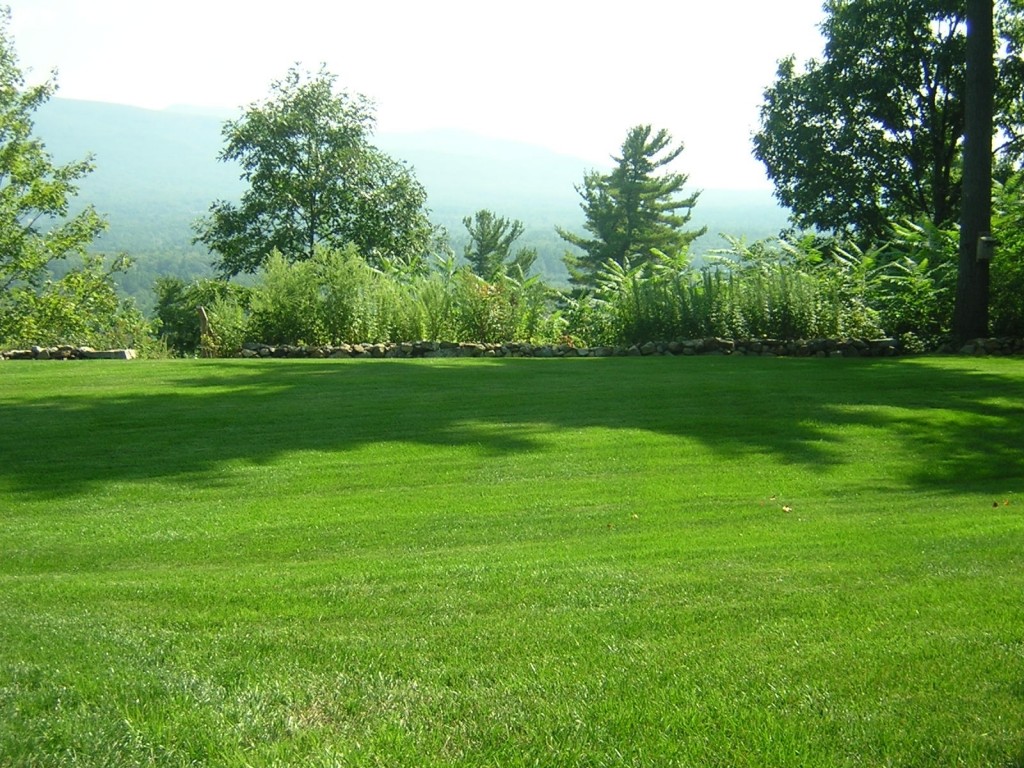Many areas around the country continue struggling to survive despite being in the throngs of an ongoing drought. The lack of seasonal moisture means that numerous communities have instilled watering restrictions in an effort to conserve resources. Weather condition is one of the reasons that many homeowners begin contemplating a redesign in landscape. Other factors may include a desire to escape the traditional upkeep needed to nurture a conventional lawn. With a little research, property owners find that there are various alternatives to grass lawns that suit any type of budget.
Grass Alternatives
Anyone ever having traveled by plane recalls how terrain often resembles patchwork when flying overhead. This pattern is easily replicated using a variety of plants grouped together, or perhaps separated with closely cropped hedges or other dark greenery. Choose plants featuring different shades of green, gold or silver for a striking display. Corsican mint, oregano or thyme are options if desiring a pleasant fragrance and they are edible. Conversely, yards might feature a combination of mulch or stepping stones separated by plants that stay close to the ground. Yards might also feature a combination of flowering or green plants strategically placed among rocks, boulders or shrubs.
Types of Plants
Though once thought of as a noxious weed, clover is making a resurgence and welcome in a number of yards for the plant’s soil conditioning benefits. The sprouts grow quickly and crowd out weeds. The extensive root system adds nitrogen and keeps soil from compacting. If desiring more than just green in a yard, consider varieties that flower and add a touch of color. Alyssum, cotoneaster and verbena are some likely options. For yards that do not typically endure a lot of foot traffic, ornamental grasses might be appealing. These grasses thrive in many different types of soil, do not need fertilizing, require very little water and are resistant to disease and pests. Various species prefer cool or warm climates and act as sprawling ground cover or tall clumps.
Artificial Turf
The advances in grass alternatives means having a lawn that is virtually maintenance free. The technology used to manufacture artificial turf today provides homeowners with a product that closely resembles natural grass but without the fuss. The numerous benefits of having artificial grass include no mowing, watering, fertilizing or weeding. Yellow, brown or bare spots never develop and the durability of the turf resists damage. The lawns are also resistant to fading or heat absorption. Made with a combination of materials that include nylons and polymers, the lawns also rinse simply with a hose. Any moisture quickly dissipates to the soil below.
Turf lawns are designed to replicate the various types of natural grass and come in varied lengths. Depending on the substrate applied beneath the turf, the ground below may additionally provide cushioning, making the product suitable for play areas, pet zones or high-traffic regions. Trees or other plant life are easily incorporated into the landscape of turf lawns by separating the area with a ring for irrigation.
